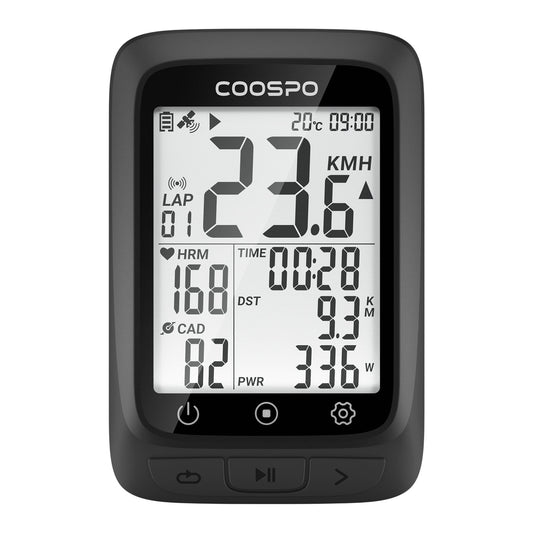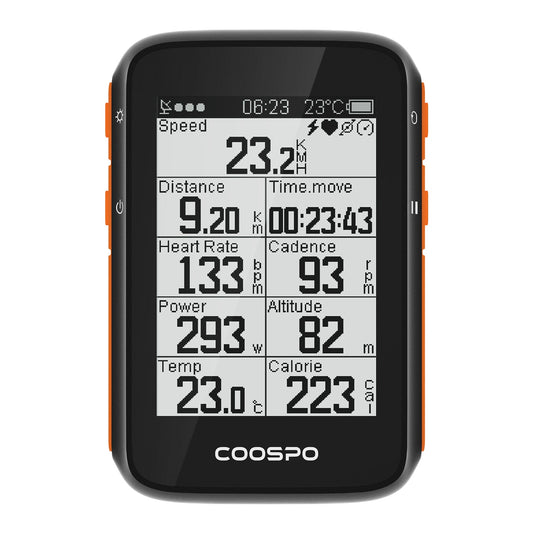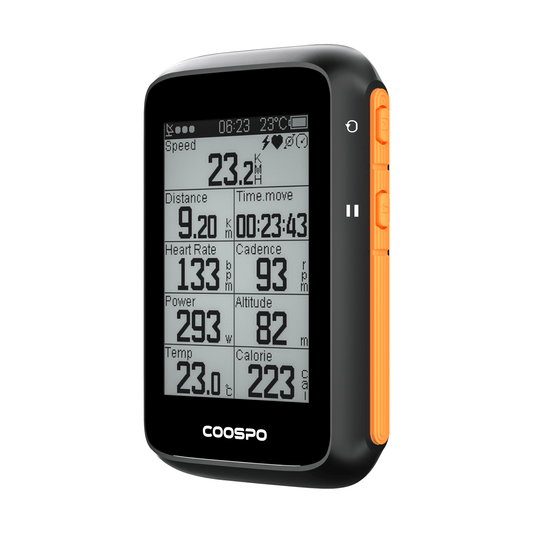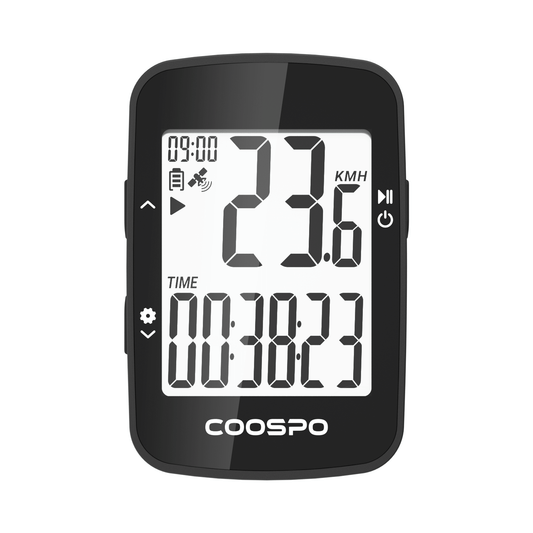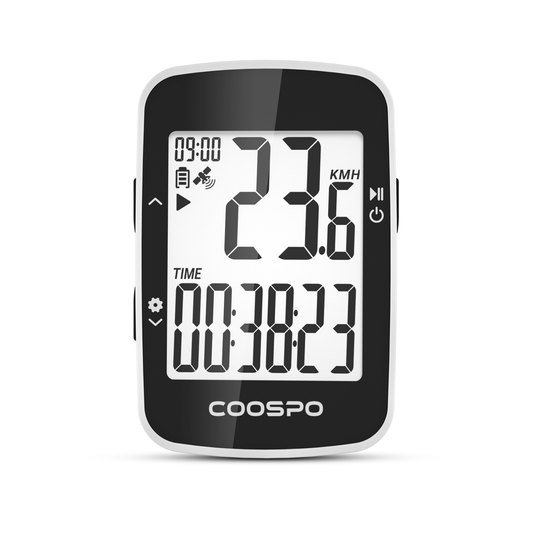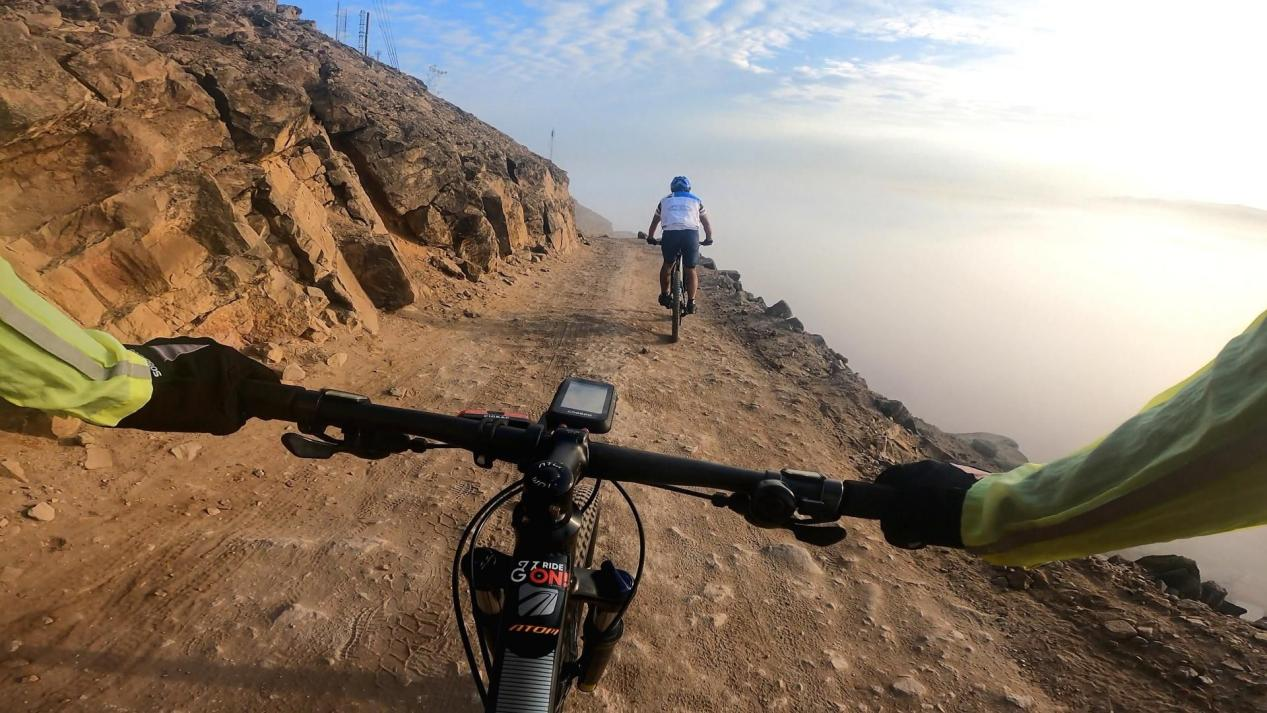Mountain bike vs road bike: what exactly is the difference?
Choosing the right bike for your cycling adventures can be overwhelming with so many options available. One of the most important decisions to make is whether to go for a mountain bike or a road bike. While both bikes are used for cycling, there are key differences between them that you should know before making a choice. Here is a summary of the distinctions between road and mountain bikes.
Suspension
Mountain bikes have strong suspension systems that are designed to absorb bumps and vibrations on bumpy trails.
Mountain bikes come with different suspension options, from no suspension to front suspension only, or full suspension with both front and rear. If you're riding on rough terrain, more suspension can provide better comfort and control.
On the other hand, road bikes are built for going fast on smooth roads, so they don't need suspension like mountain bikes do. They have sturdy frames and forks that are lightweight and easy to handle. Without suspension, road bikes can transfer power from the rider to the road more effectively, making them quicker and more nimble, especially when climbing hills or sprinting.
If you plan to mostly drive on paved roads, you may not need a suspension system. But if you'll be going off-road or encountering different types of terrain, it's a good idea to get a suspension system for a smoother ride.
Frame
Mountain bike frames are specifically crafted to withstand the rigors of off-road cycling, boasting a robust construction and unique shapes to navigate through challenging terrains with ease. The design of the frames also prioritizes rider comfort and control, providing a more upright position for improved handling. Additionally, these frames are equipped with reinforced support and durability elements to ensure they can withstand the demanding conditions of trail riding.
Road bike frames are designed to give riders a more stretched out position. This helps improve efficiency and aerodynamics by reducing wind resistance.
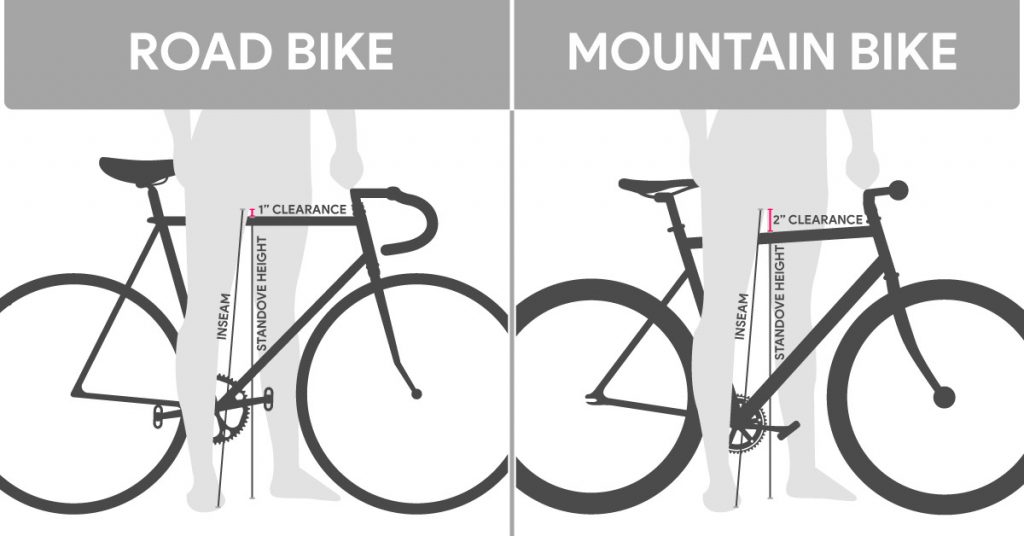
When choosing a bike, make sure to consider the size of the frame. It's important to visit a local bike shop for a professional measurement to ensure the frame fits you well. Riding a bike with a frame that is too small or too large can lead to discomfort and make it harder to ride.
Handlebars
Mountain bikes usually have flat or riser handlebars that offer a wider grip and a more upright position compared to road bikes. This design allows riders to adjust their posture for different riding scenarios, such as sprinting, climbing, or cruising at fast speeds.

This ergonomic setup provides greater control and maneuverability on technical trails, allowing riders to navigate obstacles with precision and confidence. The wider handlebars also offer improved leverage for steering and stability, especially during descents and tight turns.
Road bikes have drop handlebars that allow for a lower riding position, which is more efficient. The curved shape of the handlebars provides multiple hand positions for the rider. This position helps to reduce wind resistance, improving overall performance and endurance during long rides.
Pedals
Both road and mountain bikes can be equipped with flat or clip-in pedals. A large, flat surface that can accommodate a variety of footwear characterizes flat pedals, offering stability and convenience, especially for novice and recreational cyclists.
Flat pedals often have raised pins on the top surface to increase traction between shoes and pedals, especially when riding on rough terrain. Road bike pedals usually have less aggressive pins compared to mountain bike pedals because road cycling does not require as much grip.

Most road bikes use clipless pedals, which let cyclists fasten their shoes securely to the pedals for better efficiency and performance. These pedals help riders have a smoother pedal stroke by allowing them to pull up and push down, which spreads their power throughout each pedal rotation. This can be very helpful during intense activities like sprints and riding up hills.
Tyres and wheels
Mountain bike tires are made to give you grip and last a long time on different surfaces like dirt, mud, rocks, and gravel. They are wider with tough treads to help you stay in control on bumpy paths and get rid of mud and debris. The wheels are smaller and strong to handle rough terrain and bumps.

Road bike tires are slim and have a smooth tread pattern to help them roll quickly and efficiently on paved roads. They are pumped to higher pressures than mountain bike tires, which reduces resistance and makes them faster. Road bike wheels are larger and are often made of lightweight materials like carbon fiber or aluminum for better aerodynamics and responsiveness.
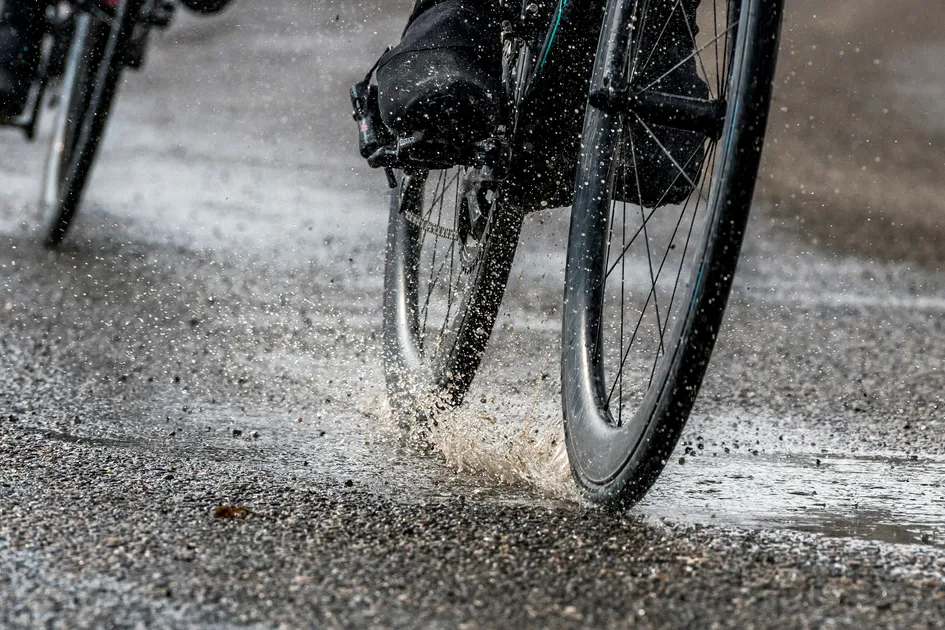
With that being said, there is a vast array of options for the combination of tire widths and tread patterns for both road and mountain bikes. These choices often depend on the specific terrain and seasonal conditions. For example, road bike tires are equipped with a more textured and potentially wider tread to ensure better grip on wet winter roads compared to dry summer roads. Similarly, mountain bike tires vary in tread patterns, featuring wider and more knobby treads for navigating muddy trails and narrower, less aggressive treads for dry trails.
Road bikes typically feature 28 (also known as 700c) diameter wheels, while mountain bikes may be equipped with either 27.5 (or 650b) or 29 diameter wheels. While this may seem confusing at first, it is important to note that larger diameter wheels generally promote greater rolling efficiency, whereas smaller diameter wheels offer improved handling capabilities.
If you want to learn more about the wheels, please read:
The size of the tire is important for absorbing bumps and improving how smoothly it rolls. Wider tires can absorb bumps better, but they may not roll as efficiently.
A good bike shop will give you clear advice on how to choose a bike, considering factors like where you'll ride, how often you'll ride, your budget, and your size. It used to be easier to pick between road bikes for roads and mountain bikes for off-road.
Looking for a reliable companion on your cycling adventures? Consider the Coospo GPS Bike Computer, designed to enhance your riding experience with advanced features such as real-time tracking. With its user-friendly interface and durable construction, the Coospo GPS Bike Computer is the perfect accessory for cyclists of all levels. Explore new routes, track your progress, and unleash your full potential with Coospo.




